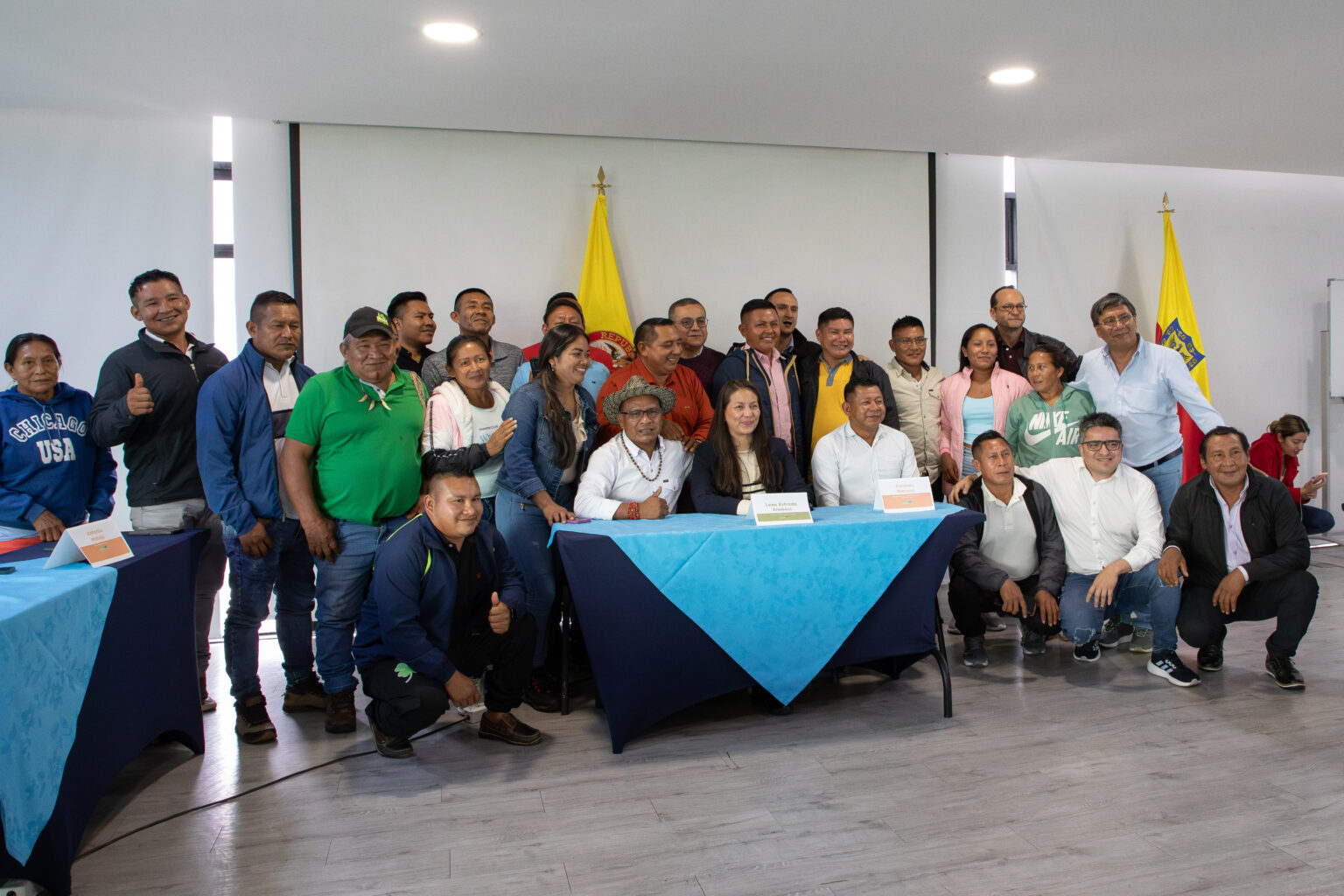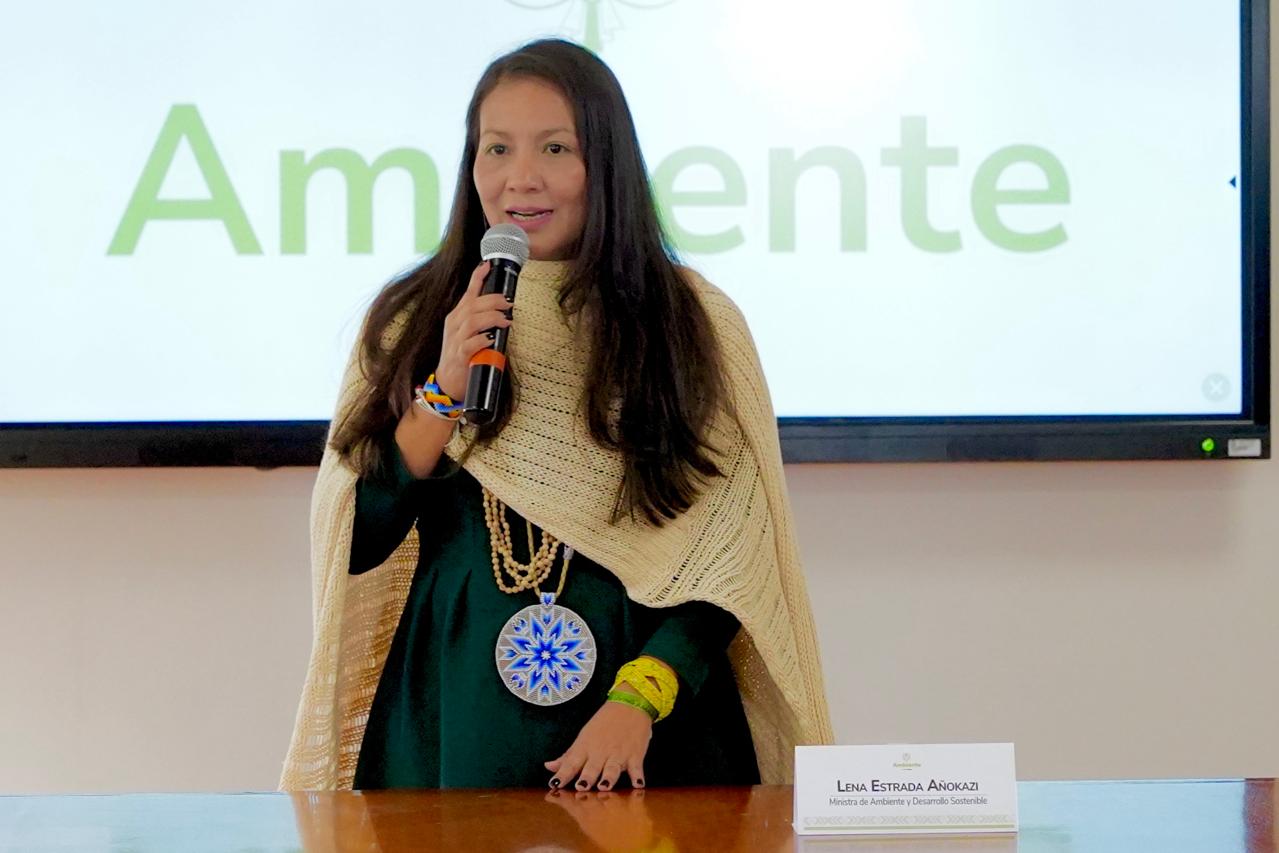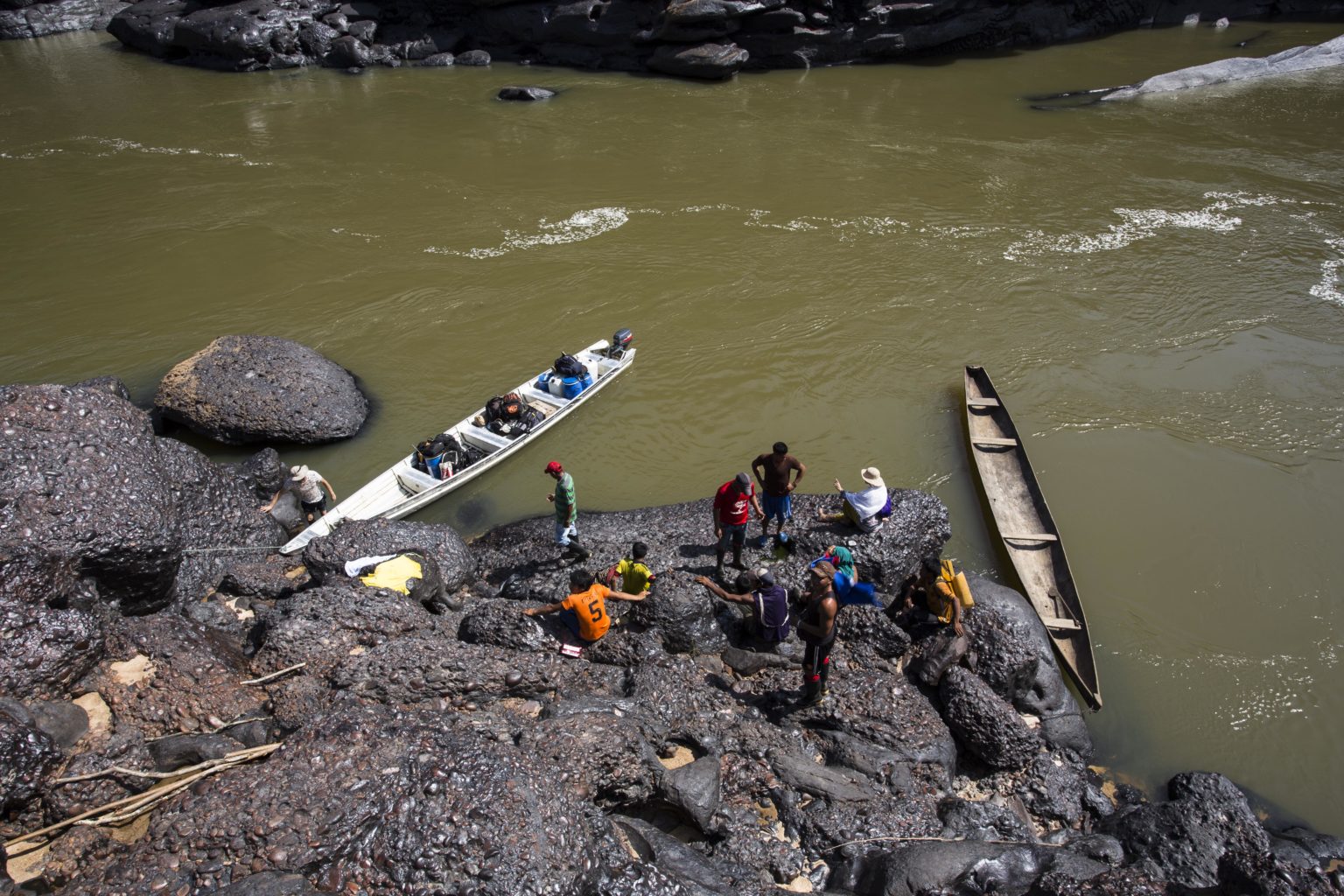- Colombia’s Constitutional Court has ruled in favor of 30 Indigenous communities in the Amazon, ordering protection measures due to mercury contamination from gold mining that threatens their health, food security and cultural survival.
- The contamination affects key rivers and fish consumed by the communities, with mercury levels found up to 17 times above safe limits, putting traditional knowledge systems, recognized by UNESCO, at serious risk.
- The ruling suspends new gold mining licenses in the Yuruparí macroterritory until intercultural dialogue is held and a remediation plan is established. Various government ministries are assigned specific responsibilities.
- The court also mandated regular monitoring and inclusive implementation, with biannual hearings and Indigenous participation, marking a judicial precedent for Indigenous-led environmental justice and the protection of ancestral knowledge.
Colombia’s Constitutional Court has issued a historic ruling, finding in favor of Indigenous leaders who say their communities in the country’s Amazonian region are at risk of losing their identity and disappearing due to mercury contamination from gold mining.
The court ordered the protection of these communities due to the high risk they peoples face from the contamination of the water and fish they consume from the Caquetá and Apaporis rivers. The Ministry of Environment and Sustainable Development will monitor the contamination studies ordered by the court.
The case was brought to the country’s highest court by five shamans, or “jaguars,” representing 30 Indigenous groups from the Yuruparí region that covers the eastern Colombian Amazon and overlaps into Brazil. Those affected by mercury contamination from mining have since 1989 complained about the serious consequences and problems they’ve faced as a result.
“The Indigenous peoples in the Jaguars of Yuruparí Macroterritory emphasize that the Constitutional Court notes that gold mining and the use of mercury have caused a risk to our traditional knowledge system, recognized by UNESCO as Intangible Cultural Heritage,” the plaintiffs said in a press release after the ruling.
Their legal action dates back to 2019, when they filed for protection in light of what they allege was the state’s failure or complicity in allowing gold mining in Indigenous territories. At the time, they said that more than 30 Indigenous communities were at risk.

According to the Yuruparí Jaguars, the risk of mercury contamination has gotten worse since then due to the “administrative barriers and the state’s delay in formalizing territories as Indigenous territorial entities.” The 30 affected communities celebrated the measures ordered by the Constitutional Court and say they see them as the result of a long fight against contamination of the water, the fish — their main source of protein — and, consequently, the people.
The impacts from gold mining haven’t been limited to health repercussions as a result of exposure to mercury. The Yuruparí Jaguars say they’ve also seen their traditional medicine, food sovereignty and cultural identity affected.
The court ruling reflected this, declaring that the identity and continued existence of these communities “are at risk, as is their right to health — in the individual and collective dimensions — their food safety and sovereignty.”
Illegal mining is present in 29 of Colombia’s 32 departments, according to a December 2024 report from the Attorney General’s Office. Most of these operations use mercury to separate the gold from the ore, and tests have confirmed the spread of mercury throughout the natural environments.
Around 70,000 hectares (173,000 acres) of land across Colombia are contaminated by mercury, a highly toxic element that impacts water sources and the health of the populations near illegal mines. Studies presented at the court revealed levels of mercury 17 times higher than what’s considered safe, both in water sources and fish, as well as in the bodies of residents.
The affected territories cover at least 50% of the country’s municipalities. The departments of Antioquia, Chocó, Boyacá and Bolívar are the most affected, according to the official report.
Government to track the issue
Lena Yanina Estrada Añokazi, Colombia’s environment minister, said in response to the ruling that her office would monitor the complementary studies in the Amazonian rivers and called for “political will” from other government agencies to protect the peoples of the Amazon. The court’s ruling also mentions the ministries of health and of internal affairs.
“The Constitutional Court gave us a clear road map. It’s our turn to prove that the state can work together with Indigenous governments,” Estrada said at a press conference. She added “the identity and survival of these peoples are at risk … due to the poisoning of the territory, the threats to their leaders and the lack of interagency coordination and structures.”

Estrada said that, for now, her office would prioritize the first order issued by the court: creating a dialogue group with different entities and communities to discuss environmental and mining issues.
“As the ministry of the environment, we are going to support this group, we are going to give it the necessary relevance so that the authorities can move on as more autonomous entities,” she said.
Antonio Matapí, a leader of the Mirití Paraná territory, said the court’s decision isn’t only for their communities, but “a road we’ve paved that other Indigenous governments can also use. The sentence is a legal tool to protect life and our ancestral knowledge.”
The court also ordered the National Mining Agency and the National Environmental Licensing Authority to suspend the licensing processes for gold mining in the Yuruparí macroterritory. This measure won’t be lifted until “the dialogue processes ordered in this decision are completed and there is a remediation strategy for the water sources.”
In hearing the case, the court organized its analysis in three books, according to the Indigenous authorities. The “Blue book” or “tree of life” looked at the impacts on cultural identity and the territory.

The “Green book,” on “water and how it’s impacted,” analyzed mining and its environmental impacts. It also verified that the use of mercury is undisputable.
In the “Yellow Book,” on “food and well-being,” the court examined the impacts of mercury contamination on health and food safety. It confirmed that fish, as the main source of protein for the plaintiffs, has become polluted with mercury.
The court also ordered the creation of three instances of intercultural dialogue, each of them coordinated by a different ministry. For identity and territory it’s the Ministry of Internal Affairs; for environment and mining it’s the Ministry of Environment and Sustainable Development; and for health and food safety it’s the Ministry of Health. The Ministry of Foreign Affairs will also be involved in seeking international cooperation for cleaning up the water sources.
The ruling aims to guarantee the effective participation of Indigenous communities in the implementation of solutions. “We invite all society and the government to recognize that as Indigenous peoples we have the capacity to coordinate and contribute to the country,” said Gonzalo Macuna, general secretary of the Yuruparí Jaguars. “This is the moment to build global politics from dialogue and agreement.”
To ensure compliance with its orders, the court has designated the High Court of Bogotá’s judicial district to monitor. Every six months, hearings will be held alternately in Bogotá and the Yuruparí macroterritory. The Attorney General’s Office and the Ombudsman’s Office will support these efforts.
Banner image: Illegal dredger in the Caquetá River. Image courtesy of Juan Carlos Contreras.
This story was first published here in Spanish on May 5, 2025.
